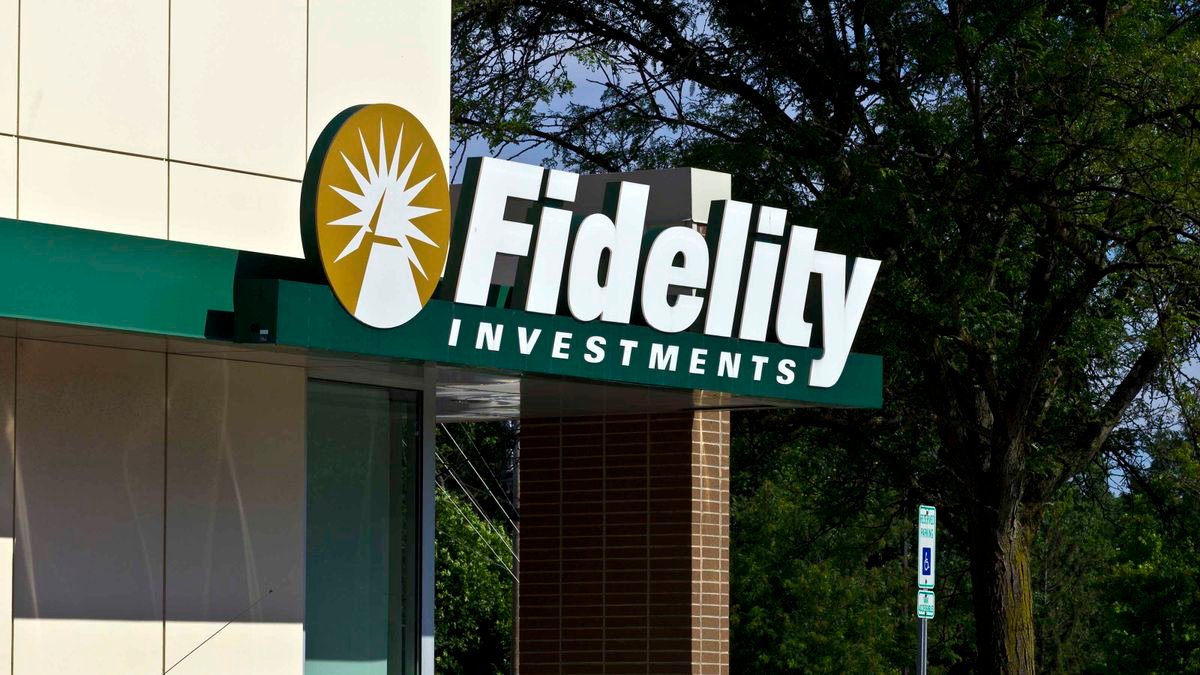Ever since Charles Schwab launched the first real discount brokerage in 1974, the trend has been towards lower and lower trading commissions and fees, culminating in 2019 when virtually every major retail broker switched to zero-commission trading.
Now that appears to be going in reverse. Fidelity Investments recently announced plans to introduce a $100 “surcharge” on certain ETF trades. It’s not, strictly speaking, a trading commission, but for all intents and purposes, it is. And $100 isn’t exactly cheap, particularly for smaller orders. Hypothetically, you could buy a single share of an ETF for $50 and then pay a 200% commission on that purchase in the form of the $100 surcharge.
Most investors won’t notice a difference, as the charge is being levied (at least for now) on only nine ETF issuers, none of which are in the top 50 by market share. These are smaller, more obscure ETFs that you probably weren’t likely to buy anyway. As things stand today, the ETF issuers affected are Adaptive, AXS Investments, Cambiar, Day Hagan, Rayliant, Regents Park, Running Oak, Simplify Asset Management and Sterling Capital.
Subscribe to Kiplinger’s Personal Finance
Be a smarter, better informed investor.
Save up to 74%
Sign up for Kiplinger’s Free E-Newsletters
Profit and prosper with the best of expert advice on investing, taxes, retirement, personal finance and more – straight to your e-mail.
Profit and prosper with the best of expert advice – straight to your e-mail.
But there are implications here for investors, and the incident reveals a lot about the “pay to play” incentive structure of the brokerage industry.
Let’s dig deeper.
Why is Fidelity charging a surcharge?
Mutual funds have always paid for the privilege of being available on brokerage platforms. Whether by sales loads or 12b-1 fees, mutual funds have traditionally incentivized brokerage firms to carry their offering and individual stock brokers and advisers to sell them.
A sales load is a commission that comes off the top of an investment. For example, if a mutual fund charges a 5% load, you’re really only investing 95 cents on the dollar, with the other 5% going into the broker’s pocket. Loaded mutual funds have really fallen out of favor. Recent research from the Investment Company Institute found that 92% of mutual fund sales by dollars invested went into no-load funds.
Another industry trick is the 12b-1 fee. This is, in effect, a trailer the broker gets for every year the client continues to hold the fund. In theory, this incentivizes the broker to hold on to the fund instead of churning the account in pursuit of new commissions. But it’s still money flowing out of the pocket of the investor and into the pocket of the broker.
ETFs have long been touted as cheaper alternatives to traditional mutual funds, and for the most part this is true. There are no loads for ETFs, as they trade like stocks and thus enjoy free or nearly free trading commissions at most brokerage houses. And because ETFs are often index funds and have very limited trading expenses, they can’ charge very low internal expenses. The expense ratio on the popular iShares Core S&P 500 ETF (IVV) is just 0.03%, for example, meaning that for every $1,000 you invest, you lose just 30 cents in fees per year.
And here’s where pay to play comes into effect.
Despite the fact that ETFs trade on stock exchanges just like stocks, some brokers have “maintenance arrangements in place” in which the ETF managers share a portion of their management fees with the broker for the privilege of having the ETFs available at the broker. In the case of Fidelity, the company is asking for 15% of the fees collected by the managers. For the ETF managers that didn’t take the deal, their ETFs are subject to the $100 surcharge.
What does this mean for investors?
It seems that no matter how many fiduciary rules the regulators put in place, there are always going to be incentives for brokers and managers to act against the interests of their investors. Management fees on mutual funds and ETFs have really come down over the past few decades to the point that a large ETF like IVV can charge just 0.03% and still turn a profit for the manager.
But if Fidelity’s move marks the beginning of a new trend in the industry, then it’s likely that the overall cost to clients will rise from this point on. In the ETF managers are now having to pay the broker a cut, they now have less revenue to cover their costs and pay their staff. As a practical matter, that likely means they’ll need to charge higher fees.
Now, again, Fidelity’s move initially only affects a small number of relatively niche players. But another unintended consequence is that the move strengthens the large, existing players in the industry and penalizes smaller upstarts. This potentially reduces the available options to the investor and reduces competition.
In the bigger picture, the takeaway may be that the great, multi-decade trend towards lower and lower fees to investors may have finally hit the end of the line. This doesn’t mean we’ll be going back to the pre-1974 days of ridiculously expensive fixed commissions, of course. But at the margin, it does mean a little less money in investors’ pockets.
Related Content





